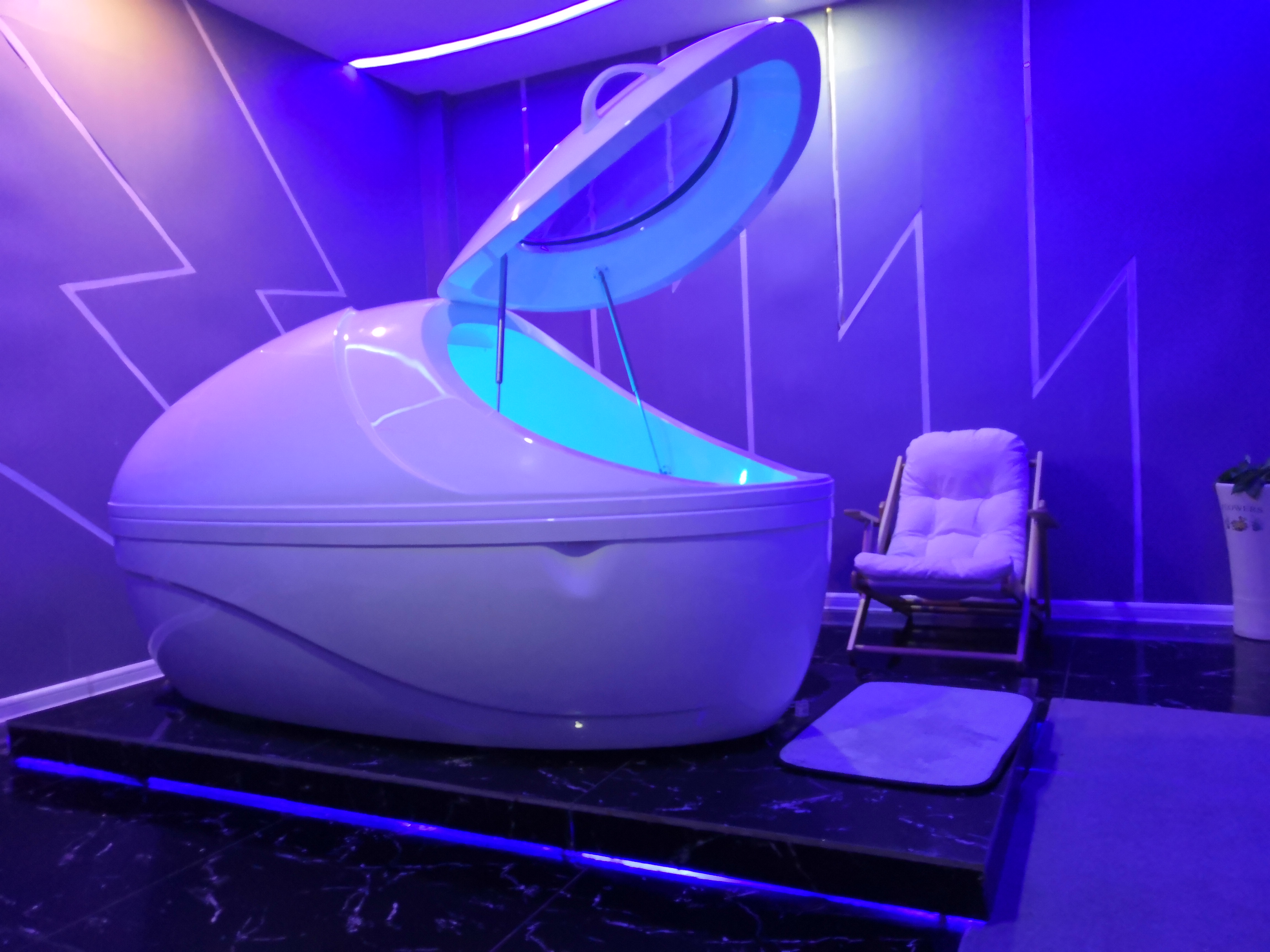Finding ways to recharge is more important than it’s ever been, but there’s a healthy amount of skepticism about alternative wellness practices, with floating being no exception. So how can we be sure floating is as helpful as it claims to be?
Simple. We follow the science!
There was a recent Tedx Talk by a well known scientist, Dr. Justin Feinstein from the Laureate Institute of Brain Research, who shared some of his research findings about the effects of floating on stress. What’s so incredible about this research is that every single person who participated in it experienced some amount of stress relief, with most people experiencing a significant reduction in their stress levels that lasted for more than a full 24 hours after a single session.
24 hours is a pretty long time for any given treatment to work. Just think: if there was a pill that would make you virtually stress free for a whole day, who wouldn’t want that? While floating isn’t quite as easy as taking a pill, the benefits of it seem even more significant than most available anti-anxiety treatments. Not to mention, you don’t have to worry about things like interactions with other medications or other negative contraindications.
Dr. Feinstein has been studying people with stress-related illnesses like PTSD, depression, and anxiety, and what he’s finding is that people who have the highest levels of stress before floating experience the largest benefit. Basically, everyone who floated returned to a baseline level of relief so no matter how anxious you are, floating is going to bring you down to a similar level of relaxation as everyone else.
This is all really fascinating, but how does it work? Is it really as simple as sitting in the dark and not thinking about anything for an hour or more? It looks like it.
Floating allows our minds and bodies to slow down, gives us the ability to recharge more quickly, and puts our brains in a more dreamlike state. The solitude of a float, where we know we can’t be bothered by the outside world, is a massive destresser that is surprisingly difficult to find elsewhere.
To help illustrate this point, let’s move from science to history. There’s a psychologist named Peter Suedfeld who did a lot of groundbreaking research into “sensory deprivation” back in the 60s and 70s. Dr. Suedfeld’s work didn’t focus on float tanks (at first), but instead involved placing people in completely dark rooms in total isolation for 24 hours or more at a time. He called this process REST (Restricted Environment Stimulation Therapy).
At the time, psychologists were very misinformed about sensory deprivation — they essentially thought it was torture. Previous research was incomplete, and the methods that researchers used were suspect at best. They would prime subjects to bad outcomes before the experiment even began, focusing on negative side effects in their introduction. The experiments themselves involved exposure to constant harsh lights and loud noises — which doesn’t exactly sound like sensory deprivation, does it? Dr. Suedfeld thought that it was possible to take a different approach and get a positive effect. And he was right.

